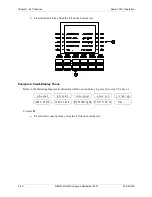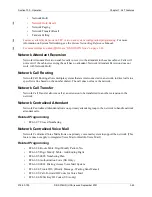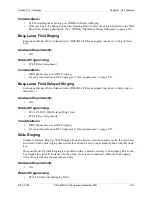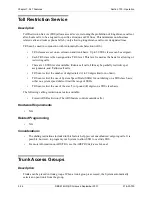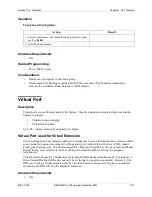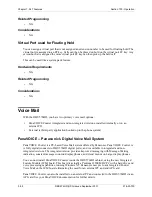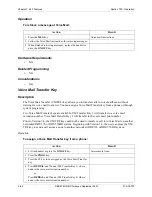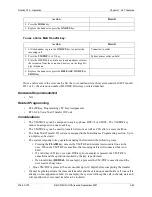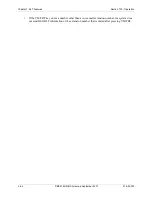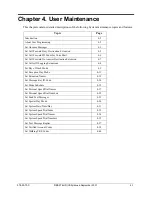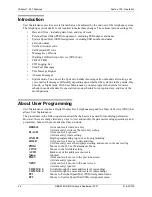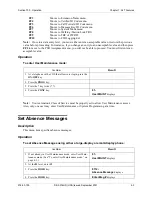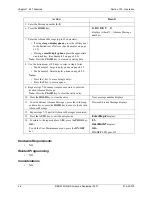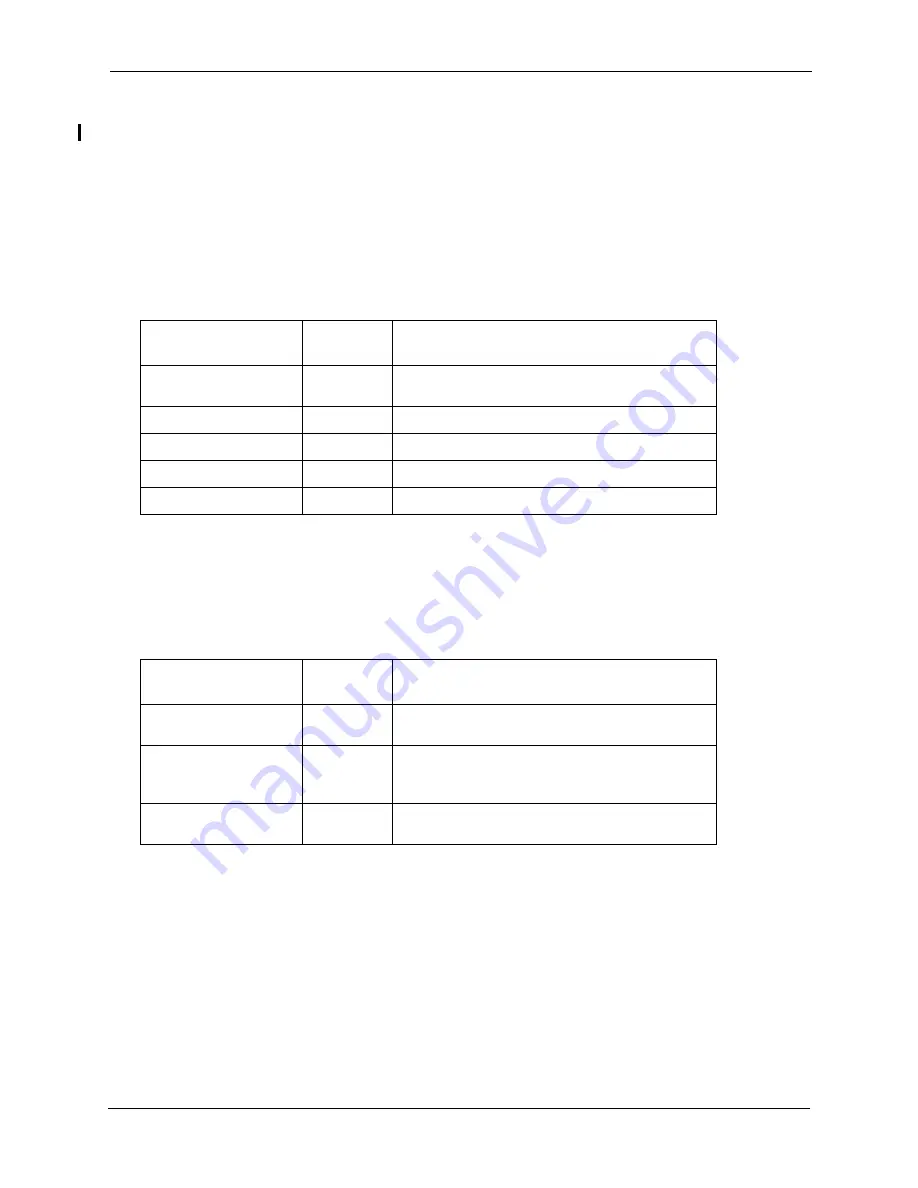
Section 700 - Operation
Chapter 7. SLT Features
576-50-700
DBS 576HD (USA) issued September 2001
3-53
Various types of information are reported on the SMDR record and each type of information occupies
a set position in the SMDR format.
Three SMDR formats are available
(See Figure 1 on page 3-54.)
One type of information is the “condition code” which occupies the first position in the output format.
This code specifies what type of call was made or received (e.g., DISA Incoming call [S] or Closed
Numbering call [W]). However, condition codes are prioritized, and the type of call determines what
code is displayed.
The following tables shows the priority of condition codes for outgoing calls and incoming calls.
Table 3-5. Priority of outgoing call condition codes
For example, an outgoing call is an LCR Outgoing call (
L
) but it is also a transferred call. The SMDR
data condition code will be
T
to indicate that the call was an Outgoing Transfer. (A transferred call’s
condition code takes precedence over the type of call - LCR Outgoing call [
L
].)
Table 3-6. Priority of incoming call condition codes
For example, an incoming call is a DID/DDI Incoming call (
D
), but it is also a transferred call. The
SMDR data condition code will be
t
to indicate that the call was an Incoming Transfer call. (A
transferred call’s condition code takes precedence over the type of call - DID/DDI Incoming call [
D
].)
Priority
Condition
Code
Description
Highest
T
or
H
T = Outgoing Transfer Call
H = Outgoing Hold Call
2nd
F
F = Call Forward Outside Call
3rd
W
W = Closed Numbering Call
4th
L
L = LCR Outgoing Call
Lowest
O
O = Outgoing Call
Priority
Condition
Code
Description
Highest
h
or
t
h = Incoming Hold
t = Incoming Transfer
2nd
D
,
N
, or
S
D = DID/DDI Incoming Call
N = Network Incoming Call
S = DISA Incoming Call
Lowest
I
or
A
I = Incoming Call
A = Abandoned Call


